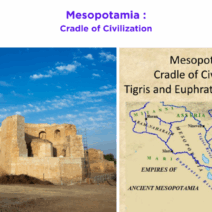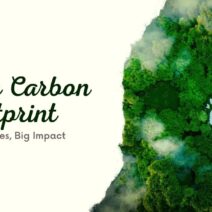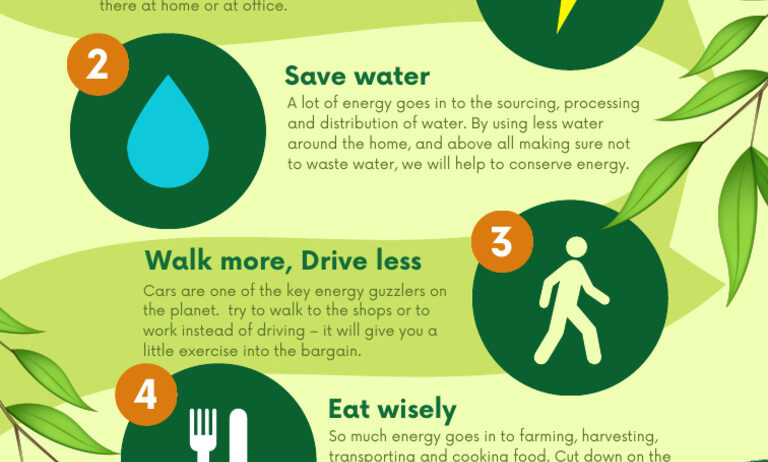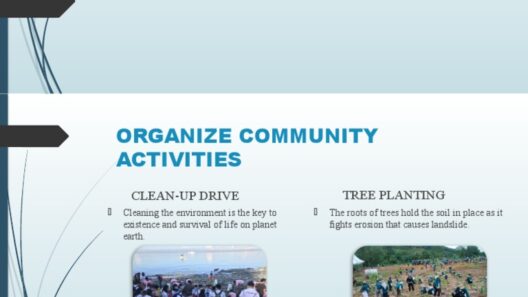In a world constantly in motion, energy flows like a river, shaping our lives and powering our civilization. However, this river is not endless. To conserve energy is akin to guarding a precious resource, one that, if mismanaged, can lead to torrents of environmental degradation. So, what can be done to conserve energy effectively? Herein lies a compendium of strategies that can yield profound results.
First and foremost, energy conservation begins at home. Residential energy consumption represents a substantial portion of total energy use. By implementing simple behavioral changes, households can significantly reduce their energy footprints. Turning off lights when leaving a room, unplugging devices that are not in use, and utilizing natural light during the day helps streamline energy usage. Additionally, installing energy-efficient appliances is a wise investment; appliances adorned with the ENERGY STAR label tend to use less electricity and water, translating to lower utility bills.
The metaphor of a gardener nurturing a delicate plant is apt here. Just as a gardener must cultivate their garden with care and diligence, so too must homeowners tend to their energy consumption. Each small action—instead of being insignificant—adds up, fostering a more sustainable environment.
Next, let’s scale our focus beyond individual households to communities and cities. Urban areas, often bustling with life, are resource-intensive and can benefit immensely from collective action. Harnessing the power of public transportation is one effective strategy. By promoting the use of buses, trains, and bicycles, communities can significantly diminish the reliance on personal vehicles, which are major contributors to energy consumption and greenhouse gas emissions. A well-planned public transport system is akin to a web connecting distinct parts of a city, allowing people to traverse easily while minimizing environmental impact.
Moreover, cities can incentivize carpooling and ridesharing. Just as an orchestra harmonizes different instruments, so too can a population find synergy in traveling together. This not only cuts down on fuel consumption but also fosters a sense of community. Local governments can facilitate this by providing preferred parking for carpoolers and creating awareness campaigns to emphasize shared rides.
Energy conservation also requires an acute awareness of the infrastructure that underpins our electric grid. Renewable energy sources like solar, wind, and hydropower are essential. Invest in the future; advocating for the integration of renewable technologies into our energy systems is paramount. For instance, solar panels adorning rooftops can transform a house from merely consuming energy into a producer of clean energy. This interface between passive consumption and active production empowers homeowners, akin to a sun-drenched orchard emerging from the soil, nourishing itself and the world around.
Another salient strategy involves energy management systems. Implementing smart technologies—available through home automation systems—can transform the way energy is consumed on both individual and collective levels. These systems allow for real-time monitoring and control of energy usage, optimizing consumption patterns and highlighting inefficiencies. Just as a skilled artisan meticulously crafts an object, so too does this technology provide homeowners and businesses with the tools to refine their energy use, sculpting an eco-friendlier existence.
It is equally important to address energy consumption in commercial buildings. Businesses have a significant role in the narrative of energy conservation. In an era defined by commercial competitiveness, energy efficiency can emerge as a unique selling proposition. As businesses adopt energy-efficient practices—through upgrading insulation, installing LED lighting, and implementing smart thermostats—they simultaneously reduce operational costs and enhance their reputations. This duality of benefit reflects the essence of symbiosis, where both the environment and the economy flourish.
Furthermore, creating a culture of conservation in workplaces cultivates a deeper understanding of energy use. Employee training programs can be implemented to raise awareness and inspire collective action. This nurtures a sense of responsibility, akin to a collective stewardship over shared resources. When everyone contributes to a unified goal—like reducing energy consumption—the outcome can be transformative.
On a broader scale, policy decisions are the undercurrent that govern the energy landscape. Governments must not only foster a legislative framework that supports renewable energy investments, subsidies, and tax incentives for both individuals and businesses, but also engage actively in public education campaigns. These campaigns serve to elucidate the importance of energy conservation and inspire widespread participation. The metaphor of a catalyst in a chemical reaction illustrates this perfectly; sometimes, all that is needed is a spark, a nudge, to set the chain reaction of conservation in motion.
Finally, one cannot overlook the role of innovation. Technology and creativity are inexorably intertwined; novel approaches to energy solutions are continually emerging. From advancements in battery storage to breakthroughs in energy capture and distribution, the landscape of energy conservation is continually evolving. Just as a sculptor constantly refines their craft, so too must society adapt and embrace these innovations to foster energy efficiency.
In conclusion, conserving energy is a multifaceted approach, deeply entrenched in individual choice, community action, and systemic change. Each strategy, no matter how insignificant it may appear at first blush, contributes to a larger tapestry of sustainable development. Embracing this journey of energy conservation is akin to embarking on a pilgrimage; it is not merely about the destination but the realization of our shared responsibility to safeguard the delicate balance of our planet’s resources. By adopting these strategies, we can ensure that the river of energy continues to flow, nurturing our world while preserving it for generations to come.








